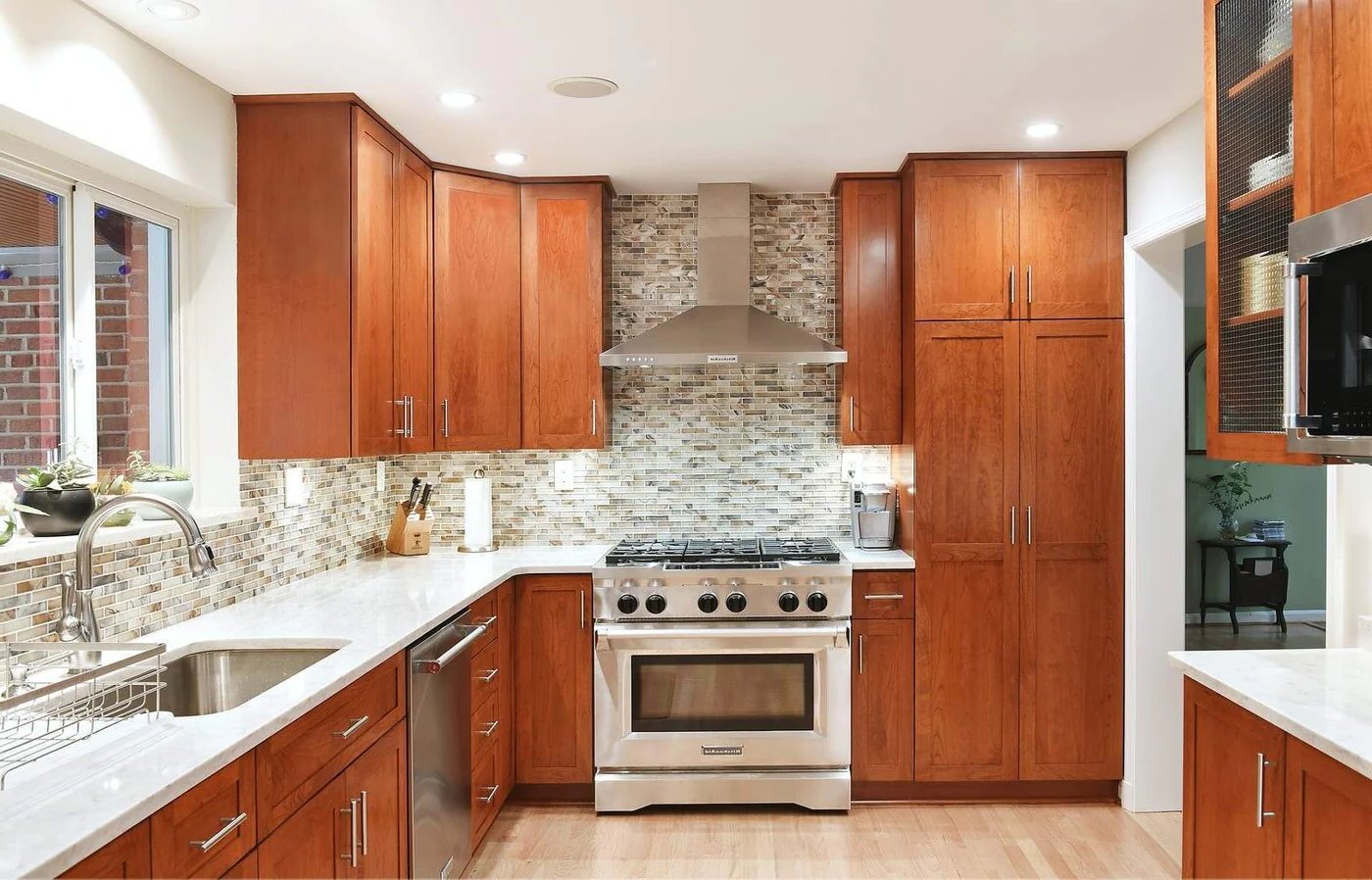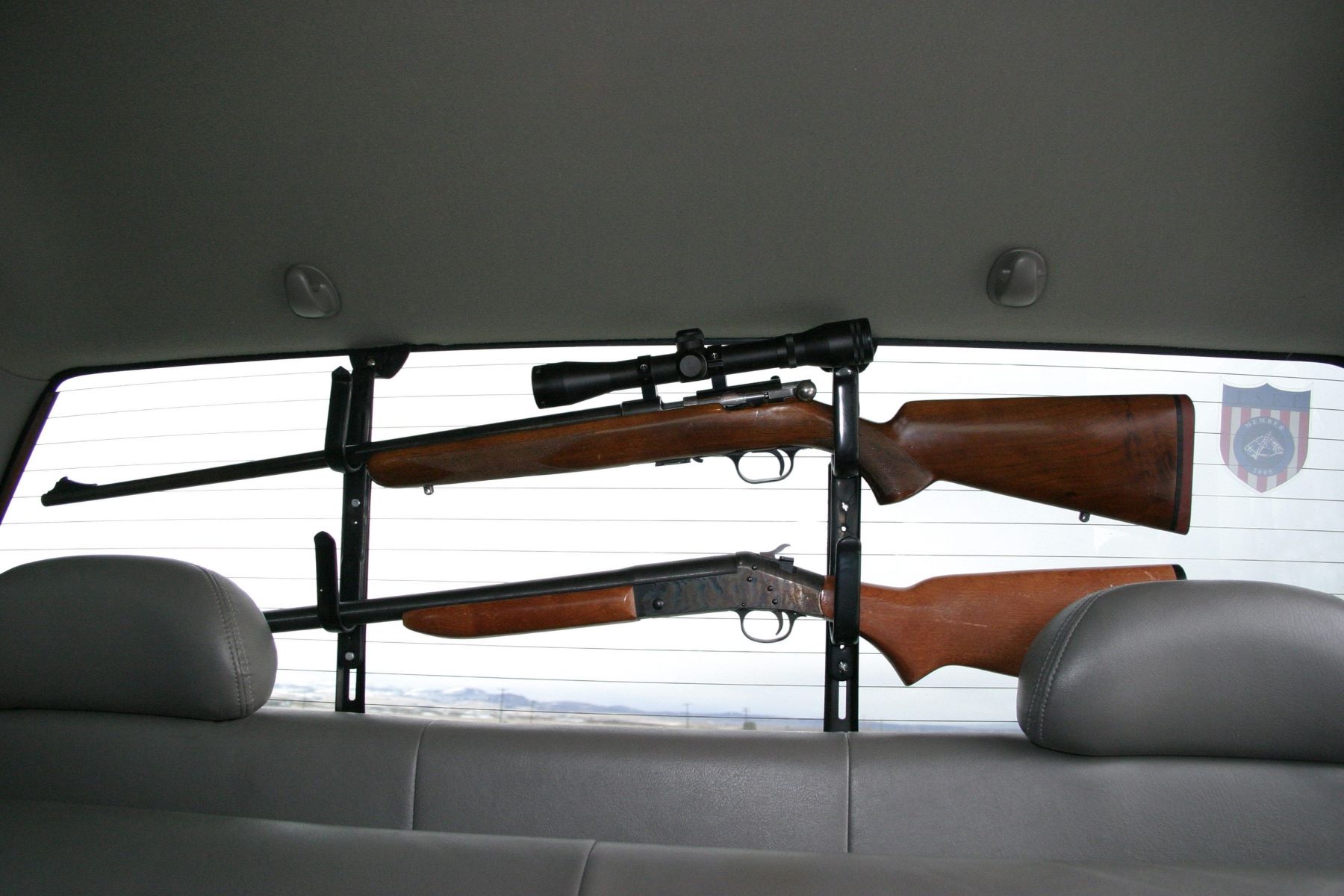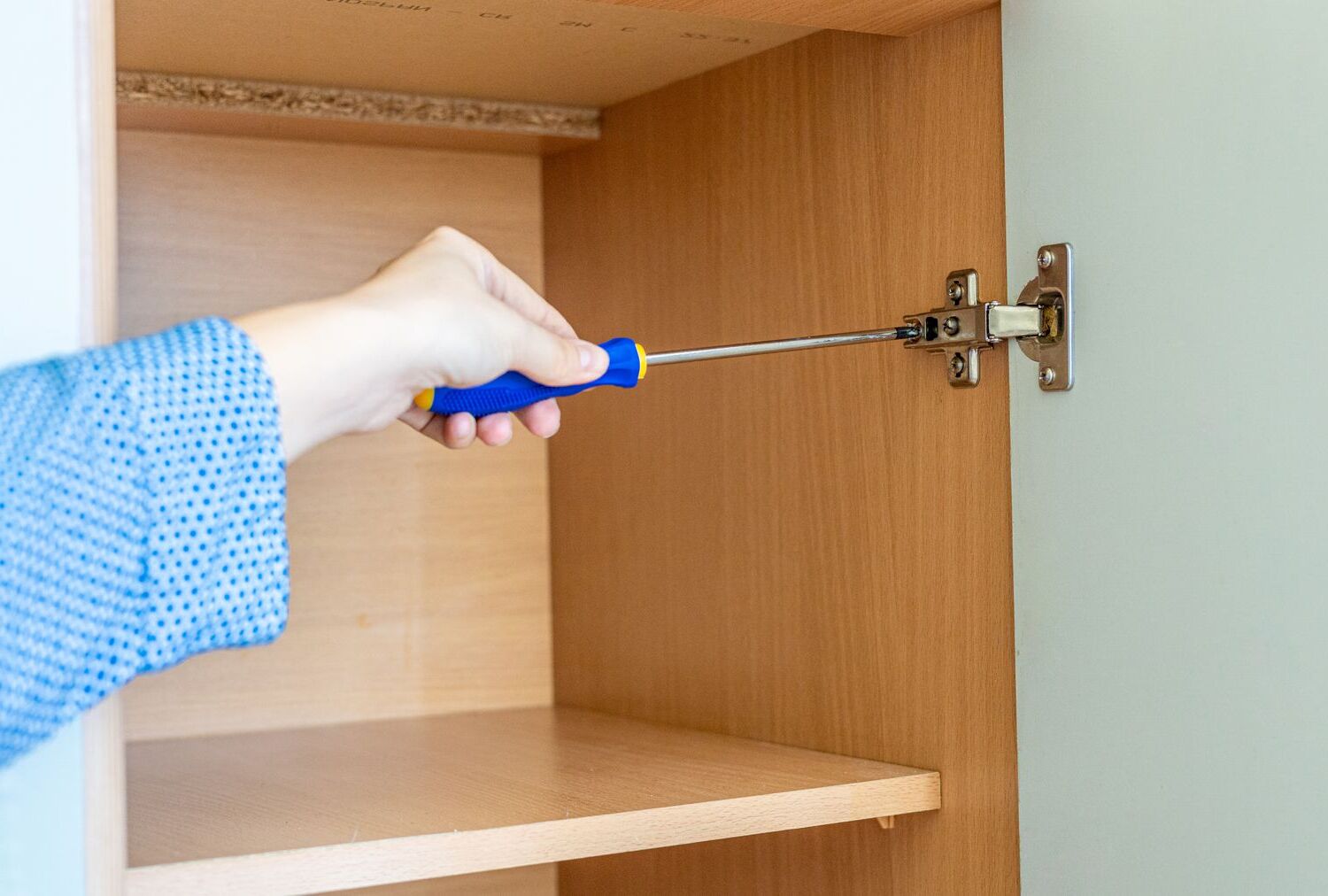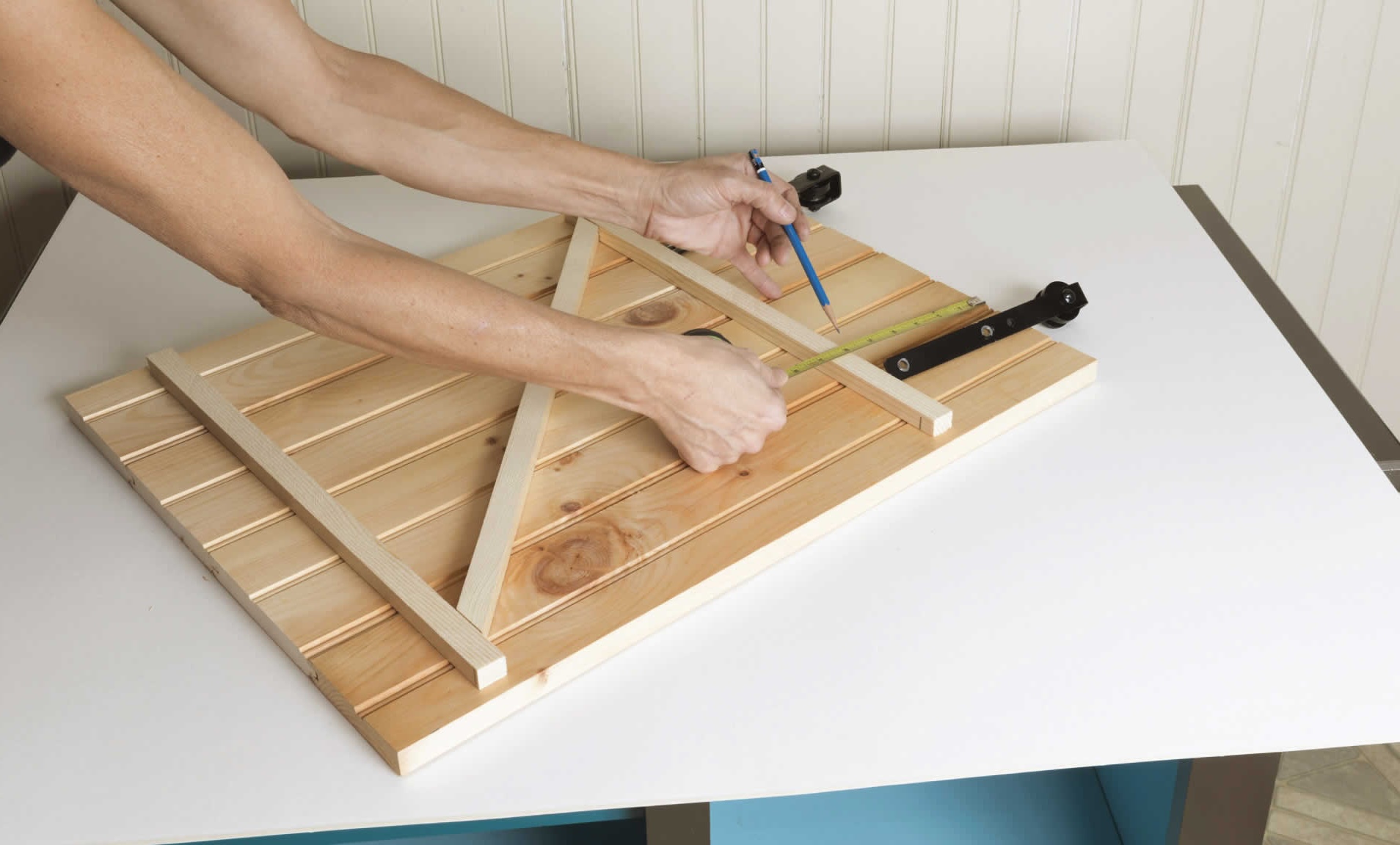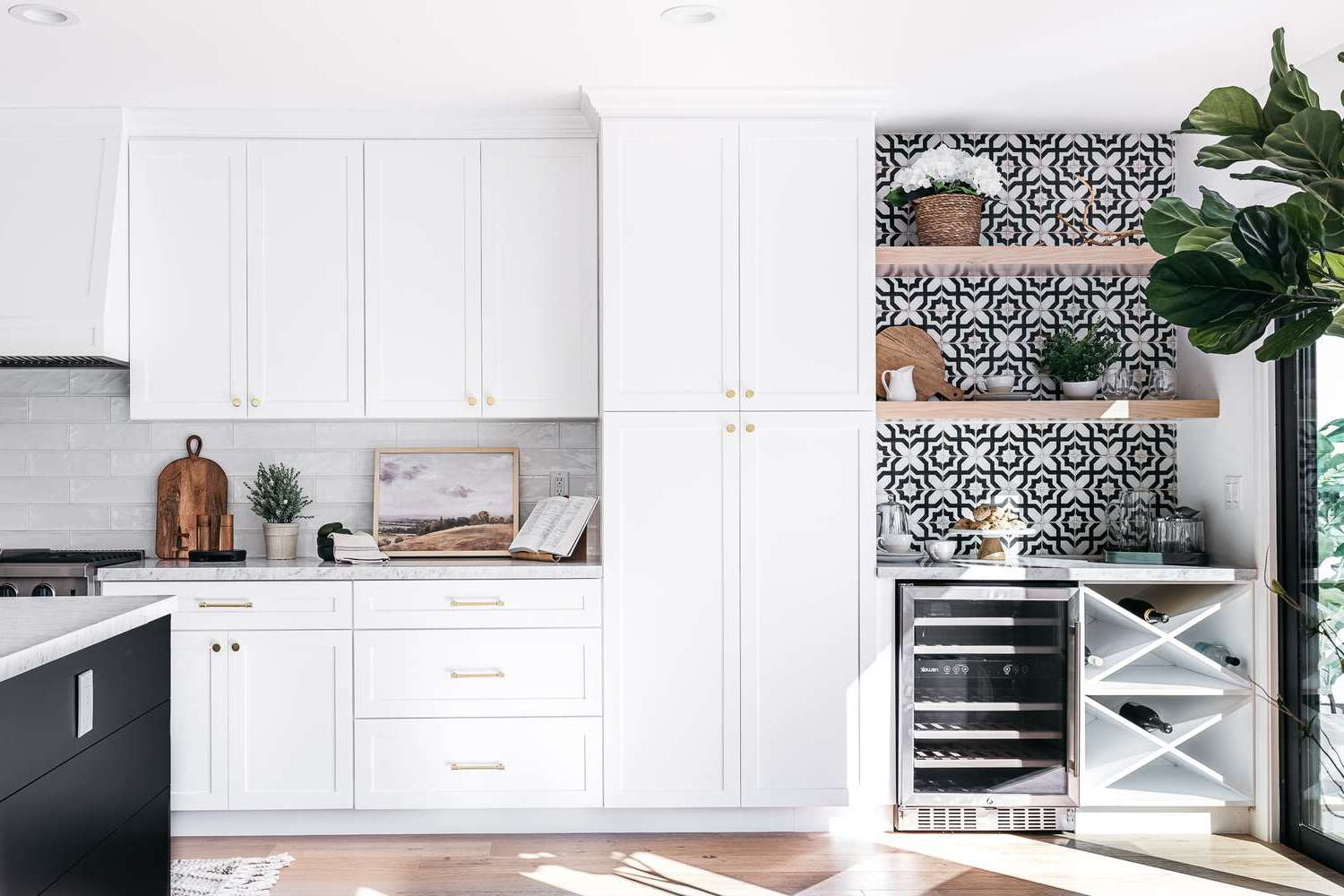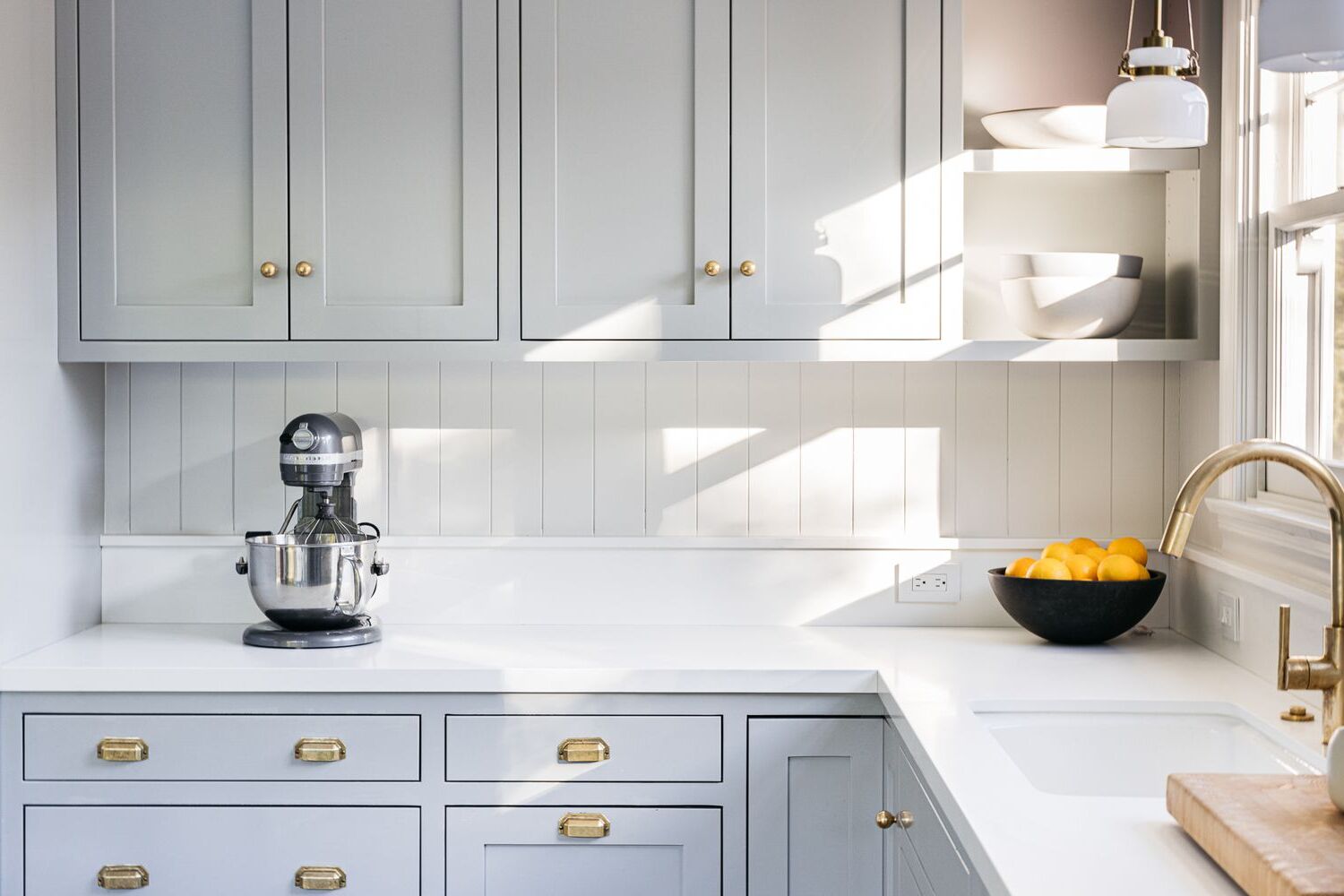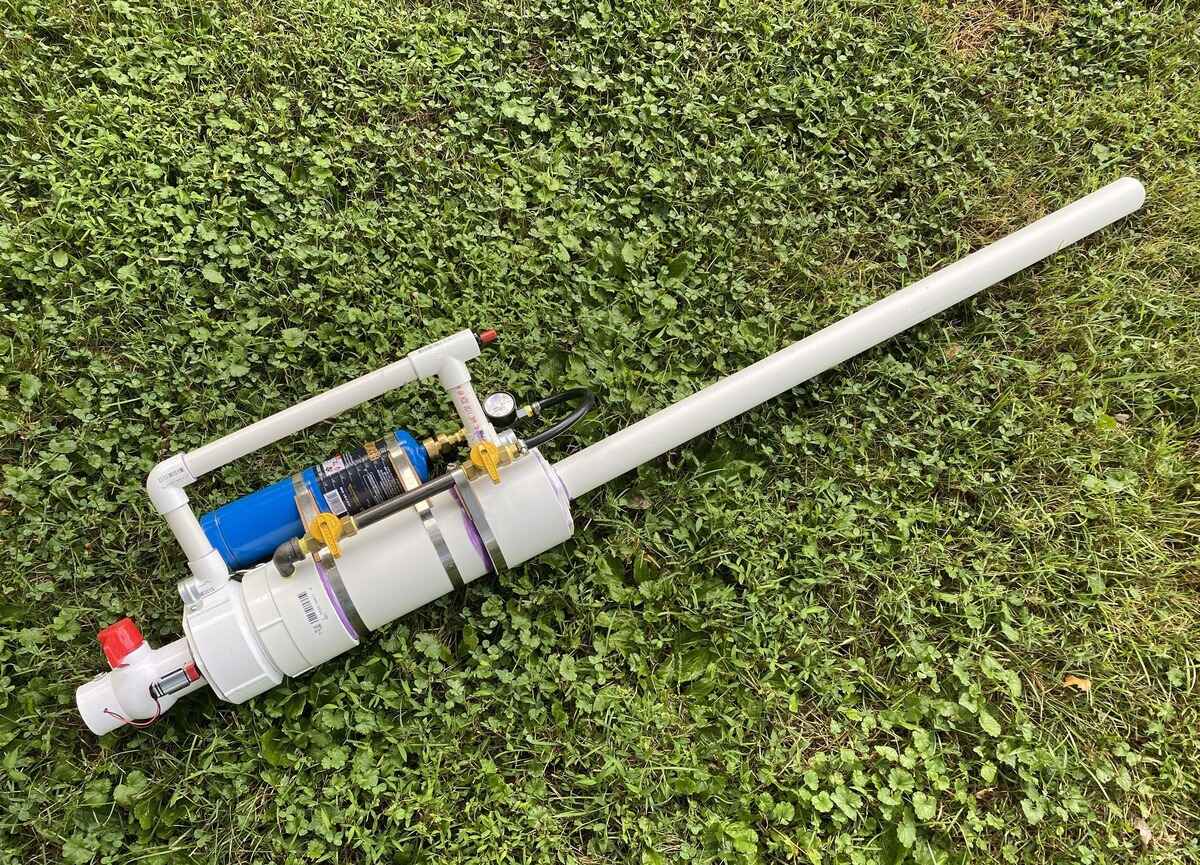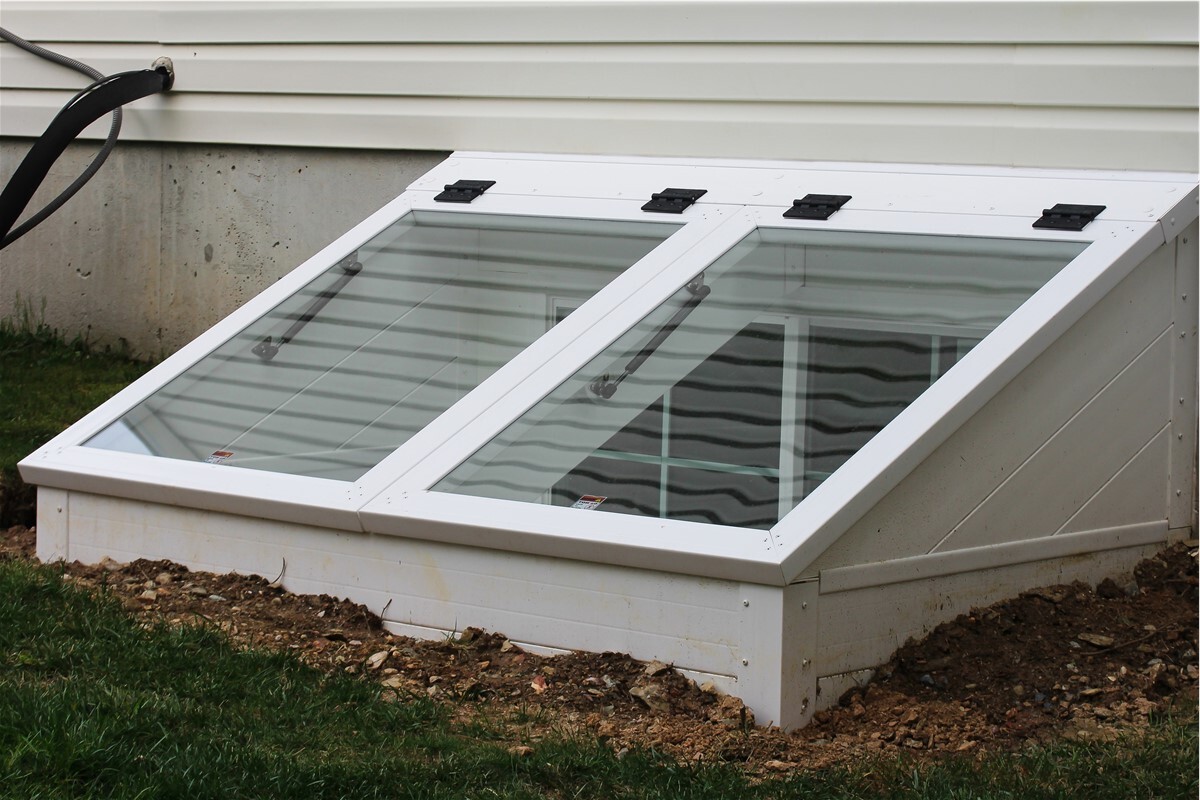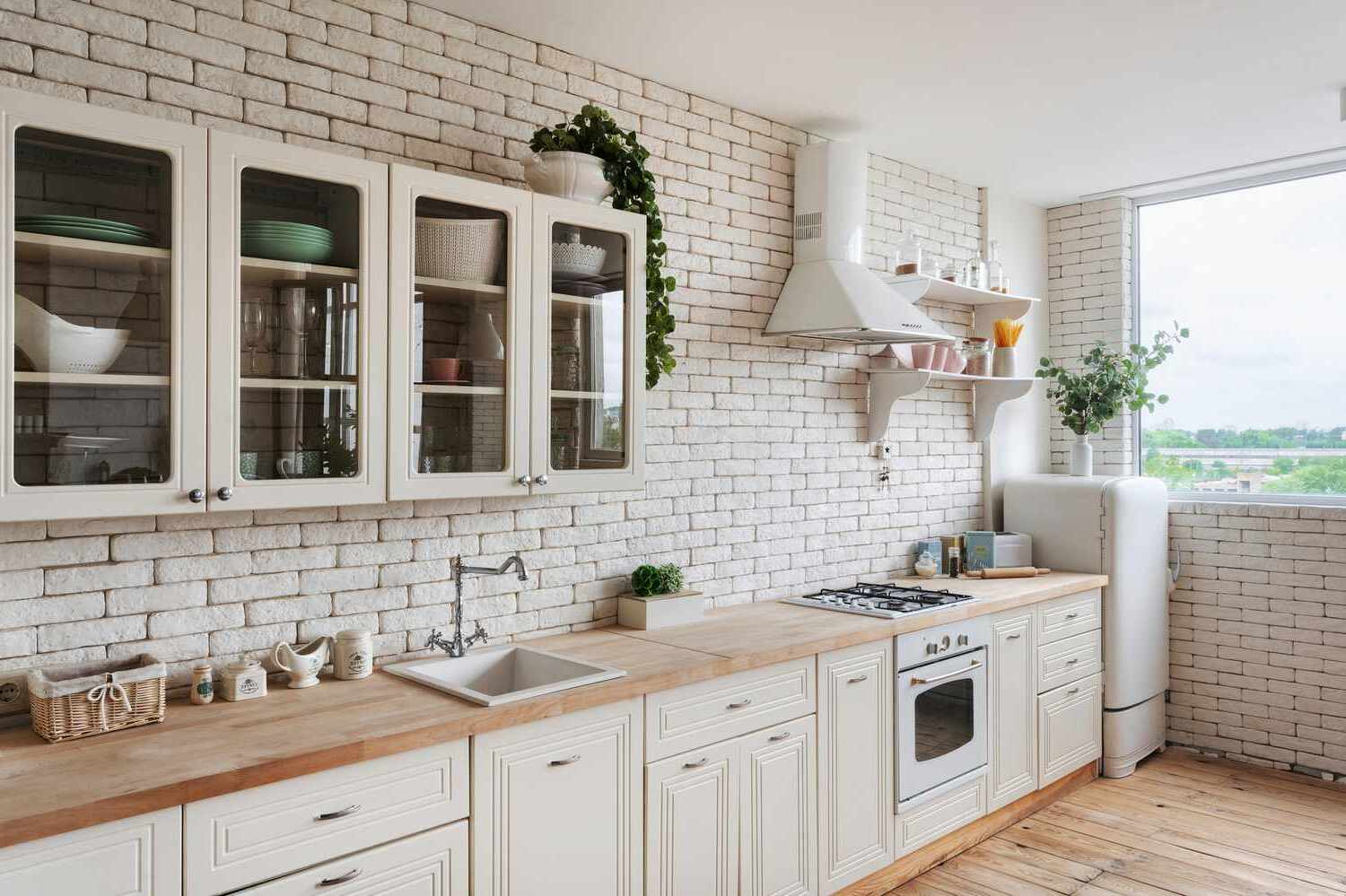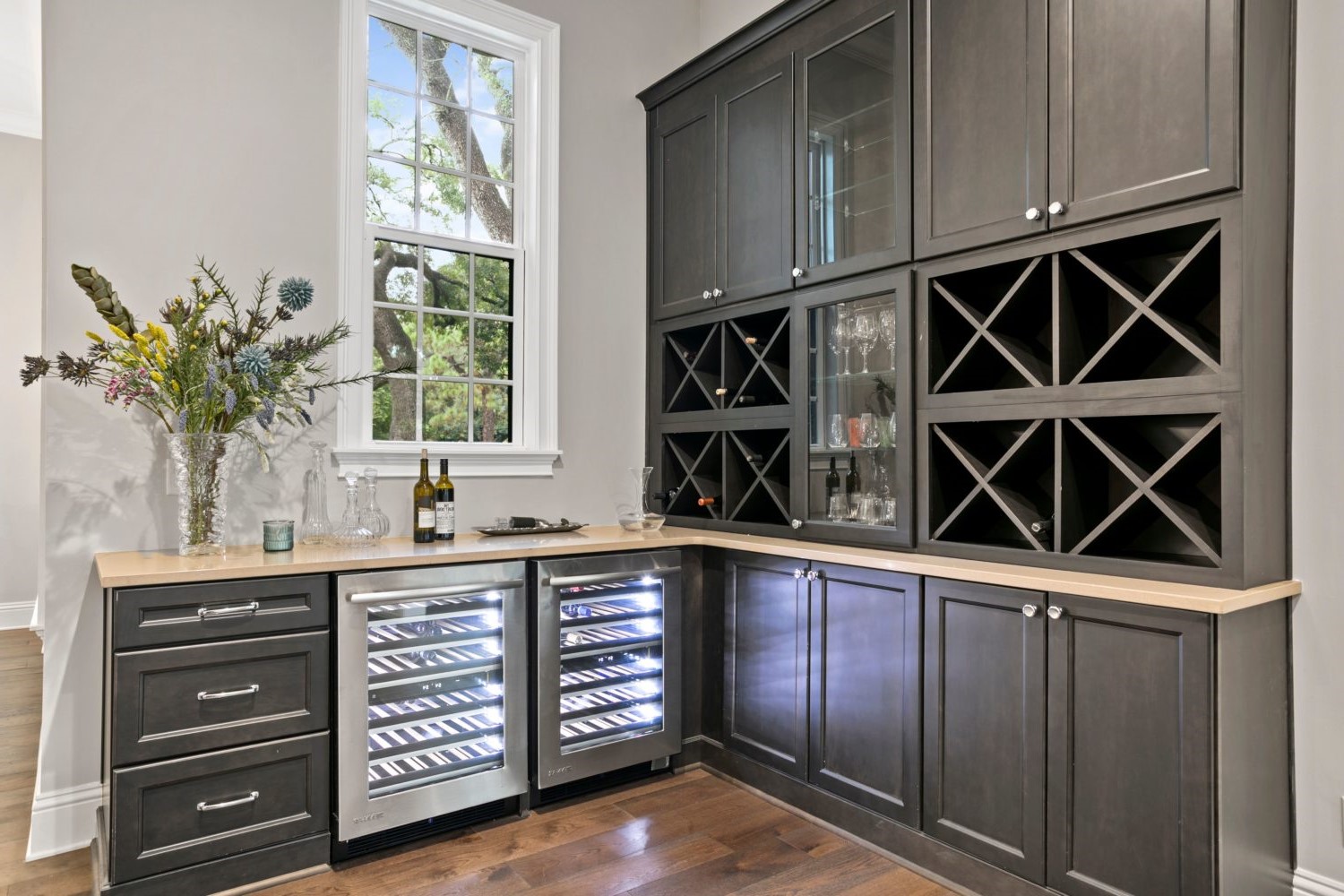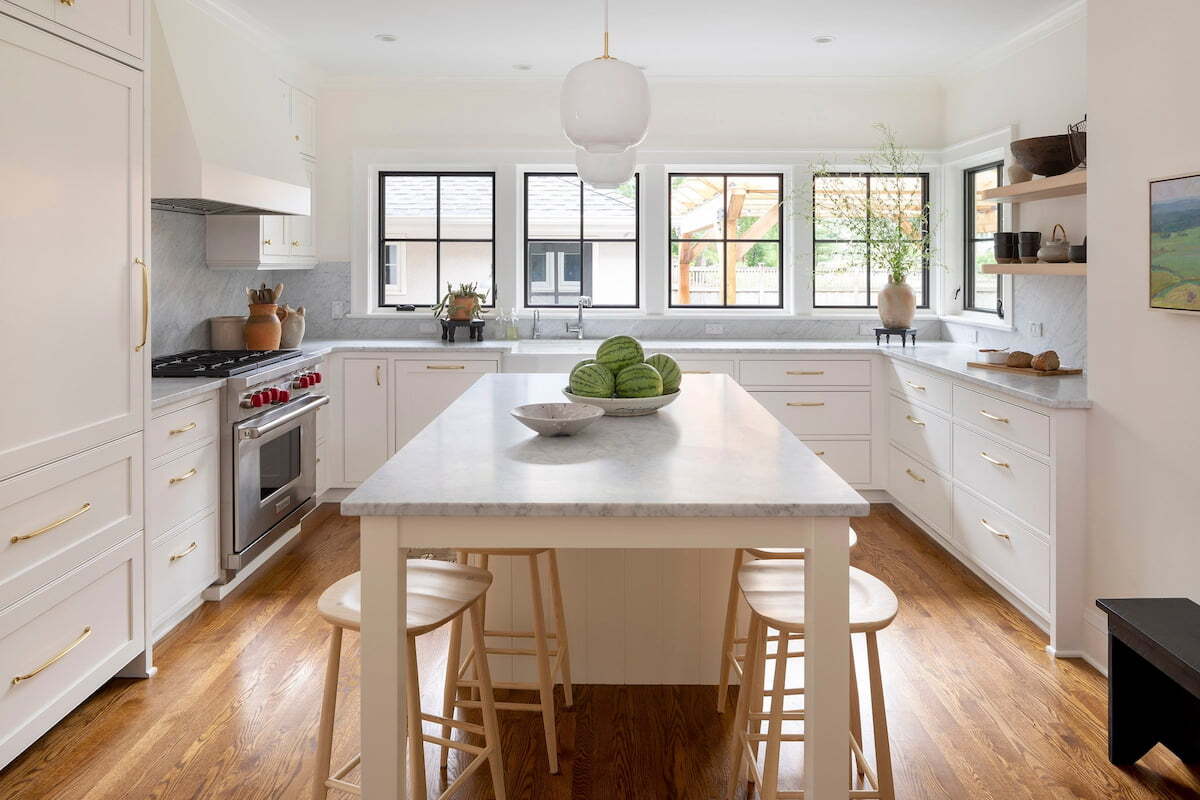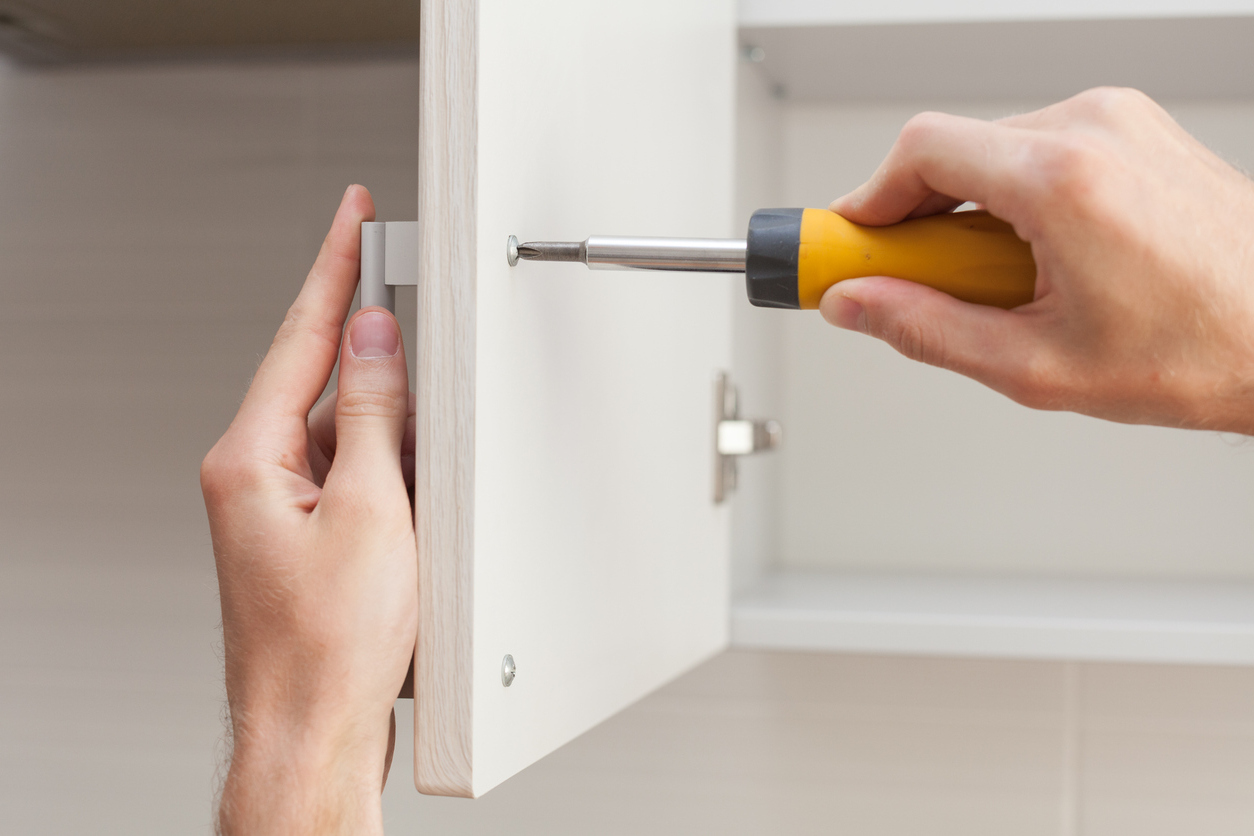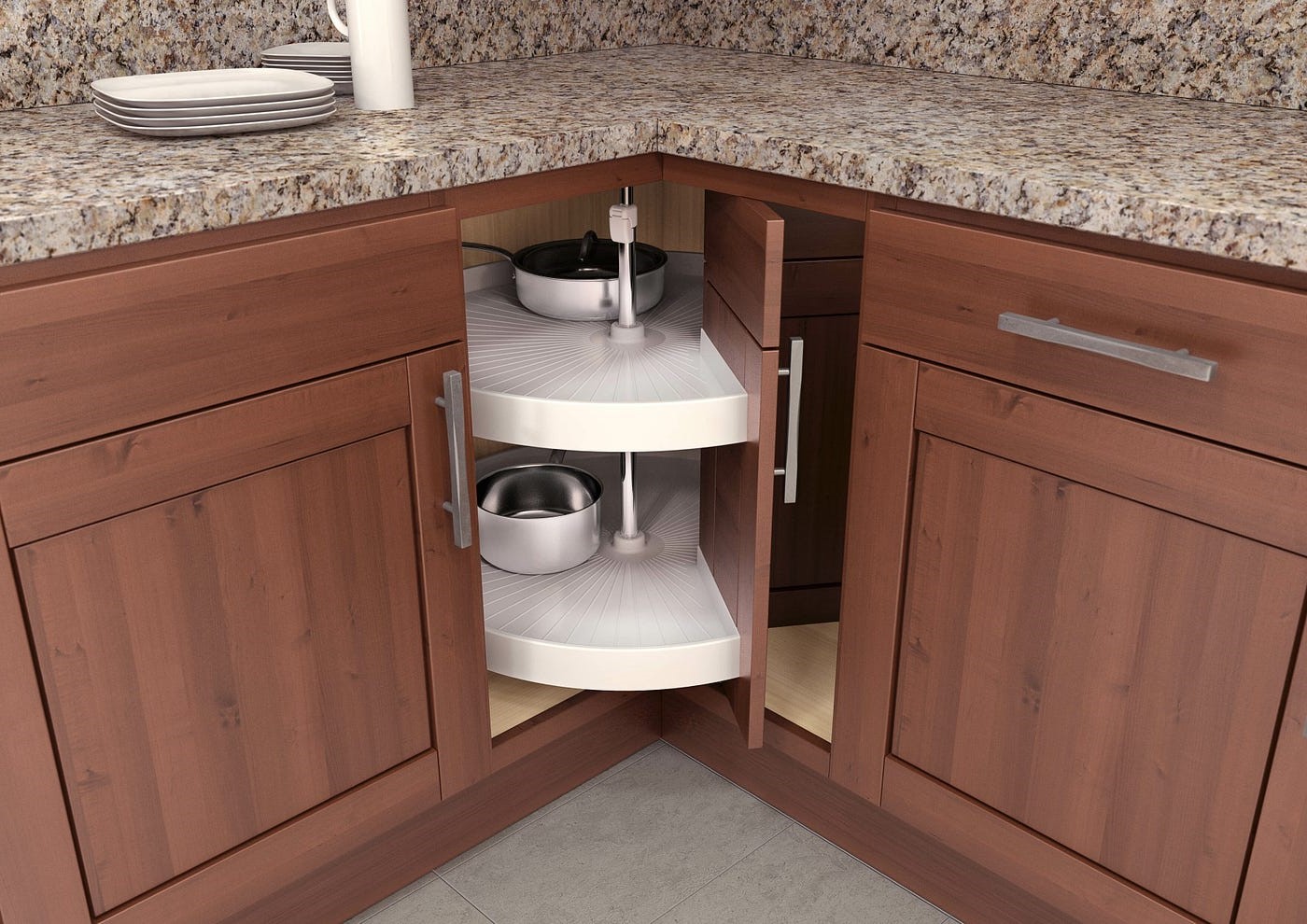Home>Knowledge & Skills>Wood & Metal Working>How To Build A Gun Cabinet
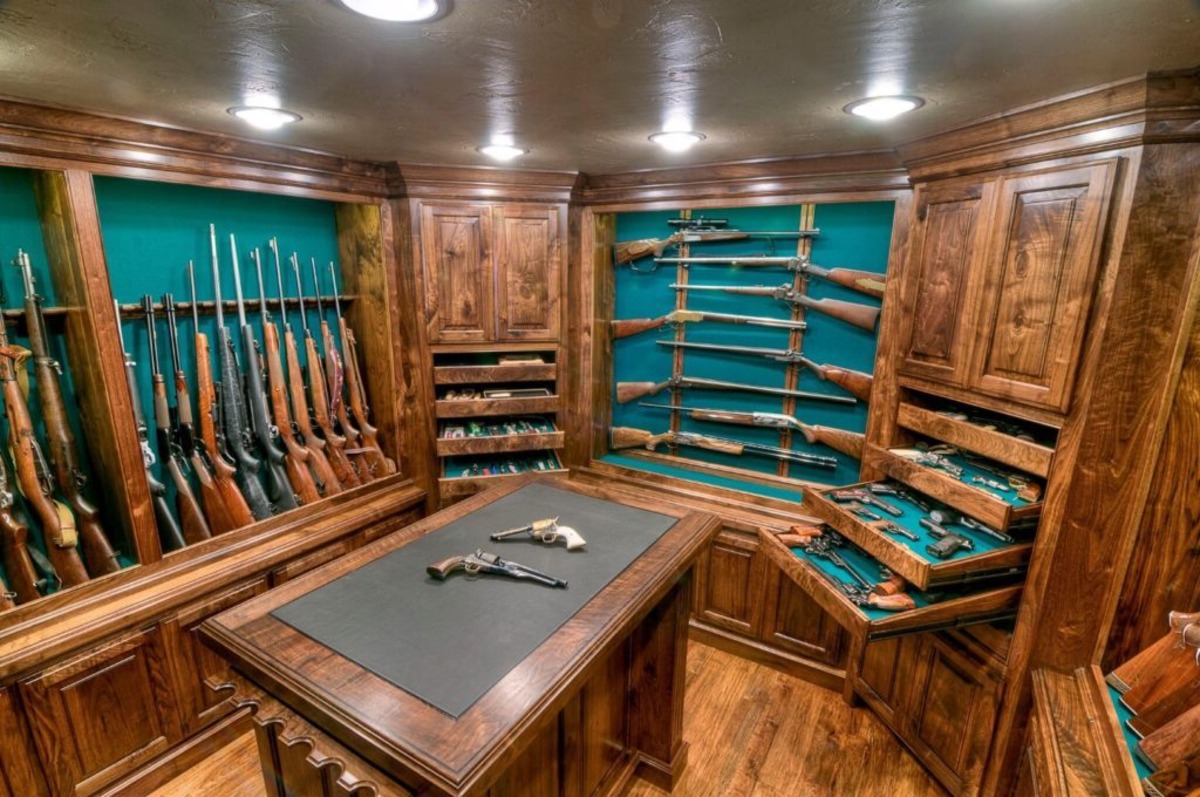

Wood & Metal Working
How To Build A Gun Cabinet
Published: March 6, 2024

Our Editor-in-Chief brings a fresh perspective with his expertise in modern home technologies and eco-friendly solutions. Philip bridges tradition with innovation across a wide range of DIY topics.
Learn how to build a custom gun cabinet with our expert wood and metal working tips. Create a secure and stylish storage solution for your firearms.
(Many of the links in this article redirect to a specific reviewed product. Your purchase of these products through affiliate links helps to generate commission for Twigandthistle.com, at no extra cost. Learn more)
Introduction
So, you've got a collection of firearms and you're looking for a secure and stylish way to store them. Building your own gun cabinet can be a rewarding and practical project. Not only will it provide a safe and organized storage solution for your firearms, but it can also add a personal touch to your home. In this guide, we'll walk you through the step-by-step process of building your very own gun cabinet. Whether you're a seasoned DIY enthusiast or a beginner looking for a new challenge, this project is sure to be a fulfilling endeavor. Let's get started!
Read more: How To Build A Corner Cabinet
Choosing the Right Materials
When it comes to building a gun cabinet, selecting the right materials is crucial for both the functionality and aesthetics of the final product. Here's what you'll need:
1. Wood
Opt for a sturdy and durable wood such as oak, cherry, or maple. These hardwoods not only provide the necessary strength to support the weight of the firearms but also offer an attractive finish.
2. Glass
If you plan to incorporate a display feature in your gun cabinet, consider using tempered glass for safety and durability. The glass should be thick enough to withstand accidental impacts.
3. Hardware
Choose high-quality hinges, handles, and locks to ensure the security and longevity of your gun cabinet. Look for hardware that complements the overall design of the cabinet.
Read more: How to Build Built-In Cabinets
4. Wood Finish
Select a wood finish that suits your preferences. Whether it's a natural wood stain, paint, or varnish, the finish should enhance the beauty of the wood while providing protection against moisture and wear.
5. Security Features
If security is a top priority, invest in a reliable locking system. This may include a combination lock, key lock, or biometric lock, depending on your preference and budget.
By carefully considering these materials, you can ensure that your gun cabinet not only serves its practical purpose but also adds an elegant and personalized touch to your home.
Designing the Cabinet
Designing your gun cabinet is a crucial step that sets the foundation for the entire project. Here are the key aspects to consider when designing the cabinet:
-
Size and Capacity: Determine the number of firearms you intend to store in the cabinet. Consider the dimensions of rifles, shotguns, and handguns to ensure that the cabinet has adequate space for all your firearms.
-
Display vs. Concealment: Decide whether you want a cabinet with a display feature to showcase your firearms or a fully enclosed cabinet for maximum security and privacy.
-
Aesthetic Appeal: Consider the overall style and design of your home. Whether you prefer a traditional, rustic, or modern look, the design of the gun cabinet should complement the existing decor.
-
Interior Layout: Plan the interior layout of the cabinet to accommodate not only the firearms but also any additional accessories such as ammunition, cleaning kits, and gunsmithing tools.
-
Ventilation and Lighting: If you opt for a display cabinet, ensure that there is adequate ventilation to prevent moisture buildup. Consider incorporating LED lighting to illuminate the firearms and enhance the visual appeal.
-
Accessibility: Think about how you want to access your firearms. Whether it's through a hinged door, sliding panels, or a combination of both, the design should prioritize easy and safe access to the firearms.
By carefully considering these design elements, you can create a gun cabinet that not only meets your practical storage needs but also reflects your personal style and enhances the overall ambiance of your home.
Building the Cabinet Frame
Building the cabinet frame is a critical step in the construction of your gun cabinet. The frame provides the structural support and stability for the entire cabinet. Here's a detailed guide on how to build the cabinet frame:
-
Measure and Cut the Wood: Begin by measuring and cutting the wood pieces according to the dimensions of your cabinet design. Use a saw and ensure precise cuts to achieve a seamless fit.
-
Assemble the Frame: Assemble the cut wood pieces to form the basic frame of the cabinet. Use wood glue and screws to securely join the pieces together. Pay close attention to the corners and ensure they are perfectly aligned.
-
Reinforce the Joints: To reinforce the joints and enhance the strength of the frame, consider adding corner brackets or braces. This extra reinforcement will contribute to the overall stability of the cabinet.
-
Add Support Beams: Depending on the size of your cabinet, it may be necessary to add support beams across the frame to prevent warping or sagging over time. These beams will distribute the weight of the firearms evenly and maintain the integrity of the cabinet.
-
Check for Squareness: Use a carpenter's square to ensure that the frame is perfectly square. This step is crucial to avoid any misalignment that could affect the functionality and appearance of the cabinet.
-
Sand and Smooth: Once the frame is assembled, sand the surfaces to remove any rough edges or imperfections. This will prepare the frame for the next stages of the construction process.
By following these steps, you can construct a sturdy and well-built frame for your gun cabinet. The frame serves as the foundation for the rest of the construction process, so it's essential to take the time to ensure that it is solid and precisely constructed.
Read more: How To Build A Refrigerator Cabinet
Adding Shelves and Storage
Once the cabinet frame is constructed, the next step is to add shelves and storage compartments to accommodate your firearms and accessories. Here's a detailed guide on how to incorporate shelves and storage in your gun cabinet:
-
Measure and Plan: Begin by measuring the interior dimensions of the cabinet to determine the size and placement of the shelves. Consider the types of firearms and accessories you intend to store, and plan the shelf layout accordingly.
-
Select Shelf Material: Choose a durable and sturdy material for the shelves, such as hardwood or plywood. The shelves should be capable of supporting the weight of the firearms and accessories without bowing or flexing.
-
Install Adjustable Shelves: If you have a diverse collection of firearms with varying heights, consider installing adjustable shelves. This allows you to customize the shelf heights to accommodate different types of firearms and accessories.
-
Incorporate Storage Compartments: To maximize the storage capacity of the cabinet, consider adding storage compartments for ammunition, cleaning supplies, and other accessories. These compartments can be integrated into the design of the cabinet doors or as separate pull-out drawers.
-
Secure the Shelves: Ensure that the shelves are securely installed within the cabinet frame. Use shelf brackets or supports to prevent any movement or instability. This is particularly important for ensuring the safety of your firearms and accessories.
-
Consider Lighting: If you want to showcase your firearms, consider adding LED lighting inside the cabinet to illuminate the shelves and highlight your collection. This not only enhances the visual appeal but also makes it easier to view and access your firearms.
By following these steps, you can effectively incorporate shelves and storage compartments into your gun cabinet, creating a well-organized and functional storage solution for your firearms and accessories.
Installing Locks and Security Features
When it comes to a gun cabinet, security is paramount. Installing robust locks and security features ensures that your firearms are safely stored and inaccessible to unauthorized individuals. Here's a comprehensive guide on how to install locks and enhance the security of your gun cabinet:
-
Choose the Right Locking Mechanism: Select a locking mechanism that aligns with your security needs. Options include key locks, combination locks, electronic keypad locks, and biometric fingerprint recognition systems. Each type offers varying levels of security and convenience, so consider your preferences and the accessibility of the cabinet.
-
Reinforce the Cabinet Doors: Ensure that the cabinet doors are solid and well-constructed to withstand tampering attempts. Use heavy-duty hinges and consider reinforcing the door frame with metal plates to prevent forced entry.
-
Drill and Install the Lock: Carefully measure and mark the positions for the lock installation. Use a drill to create the necessary holes for the lock mechanism, ensuring precise alignment for smooth operation. Follow the manufacturer's instructions for the specific lock you have chosen.
-
Test the Locking Mechanism: Once the lock is installed, thoroughly test its functionality to ensure that it securely latches and unlocks without any issues. Verify that the lock provides a tight and secure closure to prevent unauthorized access.
-
Add Additional Security Features: Consider incorporating additional security features such as a reinforced steel housing for the lock, anti-pry tabs, or a secondary locking system for added protection. These extra measures can further fortify the cabinet against unauthorized entry.
-
Secure the Cabinet to the Wall or Floor: To prevent theft or unauthorized movement of the cabinet, secure it to the wall or floor using anchor bolts or heavy-duty security cables. This adds an extra layer of security and deters potential intruders.
By following these steps, you can effectively install locks and security features to safeguard your firearms and ensure that your gun cabinet provides the highest level of security and protection.
Finishing Touches and Decoration
After completing the construction and functional aspects of your gun cabinet, it's time to add the finishing touches and decorative elements that will elevate its visual appeal and seamlessly integrate it into your home decor. Here's a detailed guide on how to add those final flourishes to your gun cabinet:
-
Choose a Stylish Wood Finish: Select a wood finish that complements the overall aesthetic of your home. Whether it's a rich stain that accentuates the natural grain of the wood, a glossy varnish for a polished look, or a painted finish to match your decor, the right choice can enhance the beauty of the cabinet.
-
Incorporate Decorative Molding: Adding decorative molding to the cabinet doors and frame can impart a touch of elegance and sophistication. Choose molding designs that align with your home's architectural style and personal taste.
-
Personalize with Custom Engravings: Consider adding custom engravings or etchings to the glass panels or wood surfaces of the cabinet. This personalization can showcase your individuality and create a unique focal point in your home.
-
Install Decorative Hardware: Upgrading the cabinet hardware, such as handles, knobs, and hinges, with decorative options can instantly elevate its appearance. Choose hardware that complements the style of your home and adds a touch of refinement to the cabinet.
-
Add Felt or Velvet Lining: To protect your firearms from scratches and damage, consider lining the interior of the cabinet with felt or velvet. This not only provides a cushioned surface but also adds a luxurious feel to the interior.
-
Incorporate Glass Display Shelves: If you want to showcase your firearms, consider incorporating glass display shelves. These shelves not only provide a clear view of your collection but also create an elegant display within the cabinet.
-
Enhance with Lighting: Install LED lighting inside the cabinet to illuminate the interior and highlight your firearms. This not only adds a dramatic effect but also makes it easier to admire and access your collection.
By paying attention to these finishing touches and decorative details, you can transform your gun cabinet into a stunning piece of furniture that not only securely stores your firearms but also enhances the overall ambiance of your home.
Conclusion
In conclusion, building your own gun cabinet is a gratifying endeavor that combines practicality with craftsmanship. By carefully selecting the right materials, designing a functional and visually appealing cabinet, constructing a sturdy frame, adding shelves and storage, installing robust locks and security features, and adding the finishing touches, you can create a custom gun cabinet that not only securely stores your firearms but also adds a touch of elegance to your home. Whether you're a seasoned DIY enthusiast or a novice looking for a new project, the process of building a gun cabinet allows you to showcase your woodworking skills while providing a secure and personalized storage solution for your firearms. With attention to detail and a focus on quality, your homemade gun cabinet can become a standout piece that reflects your individual style and commitment to firearm safety.

